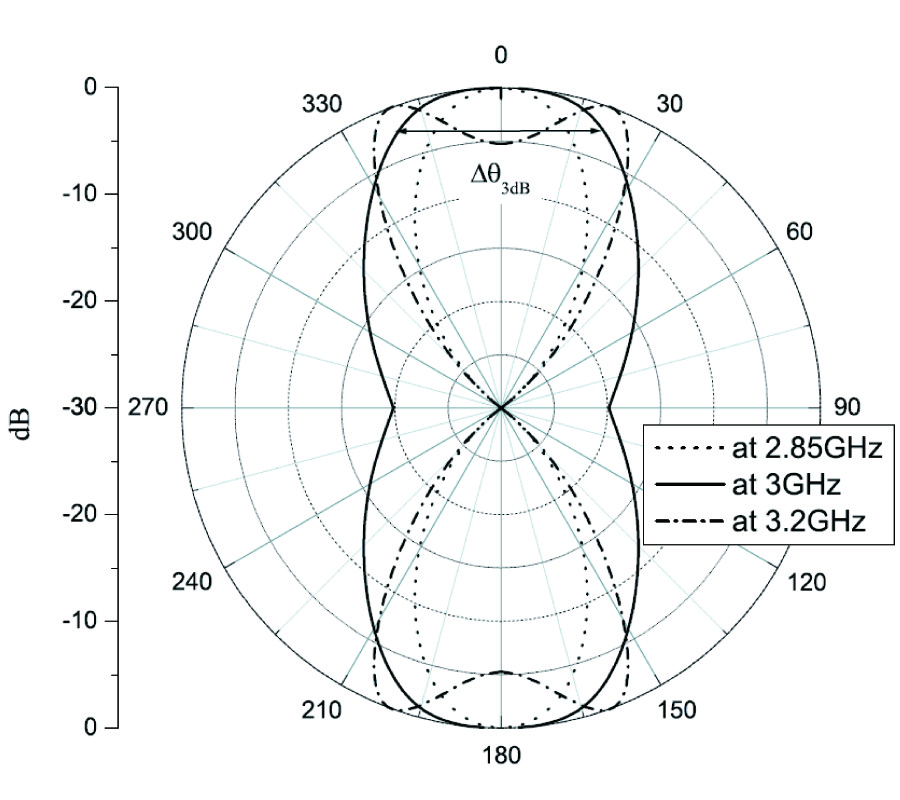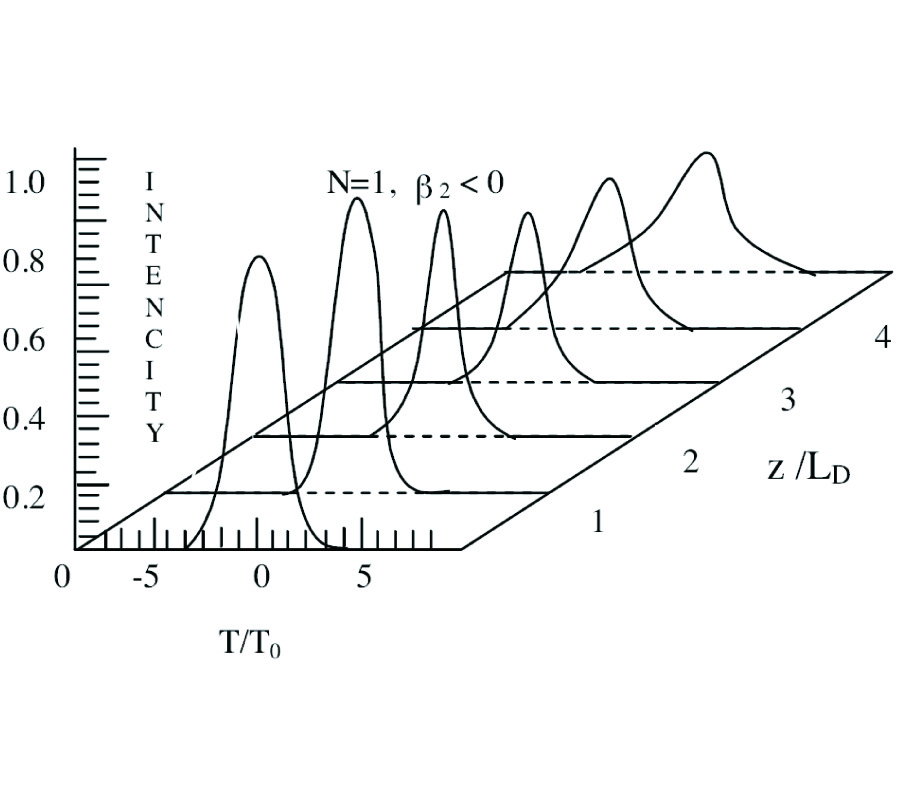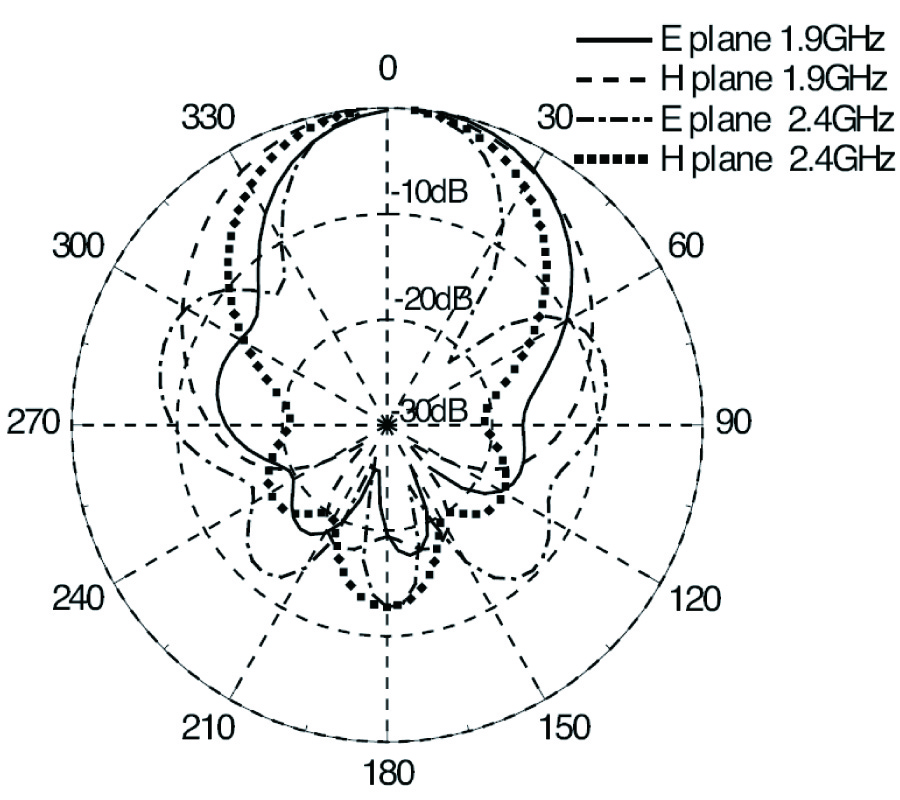Analysis of Planar Dielectric Multilayersas FSS by Transmission Line Transfer MatrixMethod (Tltmm)
Homayoon Oraizi and
Majid Afsahi
The transmission line transfer matrix method (TLTMM) is presented for the analysis of multilayer electric structures as frequency selective surfaces (FSS), whereby the reflection, transmission and absorption coefficients, field distribution and power flow may be computed inside and outside of the layers. The TLTMM formulation may be developed for any arbitrary angle of incidence, any polarization (linear TE or TM, circular, elliptical) of the incident plane wave, at any frequency of operation (microwave, millimeter wave, optical), any number dielectric layers with arbitrary thicknesses, lossless or low loss dielectric media, inclusion of dispersion relation, etc. A general formulation is given for both the TE and TM polarization of the incident wave. Several practical situations are treated by TLTMM namely, anti-reflection coatings, high reflection surfaces, computation of the axial ratio of the reflected and transmitted plane waves, distributed brag reflector (DBR), a narrow band filter consisting of two Fabry-Perot resonators, cantor superlattices in optics, field distribution and power flow for a multilayer structure. Consequently, it is verified that TLTMM is capable of analysis a variety of practical multilayer dielectric structures.























